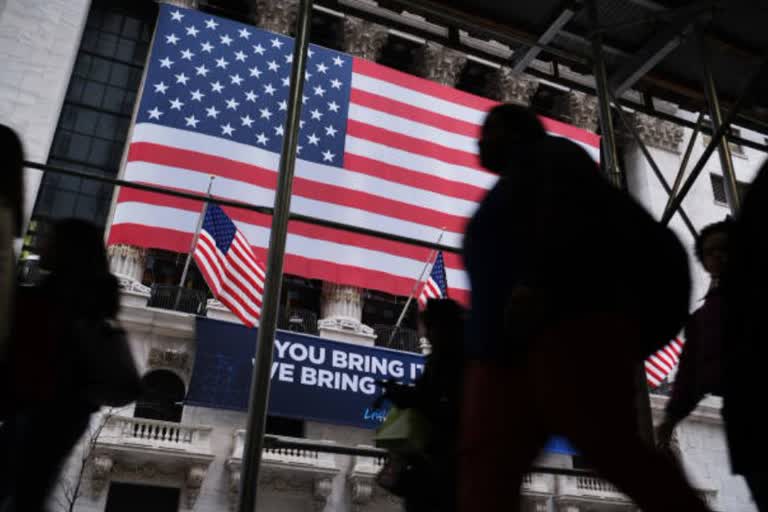Hyderabad: Just when the world economy was picking up the pieces after the Coronavirus outbreak earlier this year stalled growth across countries, fears of another wave of slowdown have hit policymakers globally.
Recently, economists warned that the resurgence of Covid-19 cases across the US is raising the risk of a double-dip recession in the country.
Moody’s Analytics chief economist Mark Zandi said in a note: “The overly rapid business reopenings, combined with the chaotic management of the healthcare crisis, has reignited the pandemic… A growing list of states are rolling back their reopenings, and others have paused theirs. The economic damage is already becoming clear.”
Economists at IHS Markit also wrote in a recent report that the recent rise in infection rates in large countries like the US, India and Brazil underlines the fragility of the rebound. “The new wave of infections has reduced the probability of a V-shaped cycle, something to which we did not subscribe, and increased the risk of a double-dip recession (W-shaped cycle),” the report said, adding a second downturn could arrive in late 2020 or early 2021.
What is a double-dip recession?
A double-dip recession refers to a situation when an economy sinks into recession and then recovers for a very brief period of time before slipping into another recession. It is also called a W-shaped cycle as the shape of the economic data (gross domestic product, or GDP figures) when seen on a graph gives a ‘down-up, down-up’ pattern that resembles the alphabet W.
Read more:Necessary to implement MGNREGA, NYAY; will boost economy: Rahul Gandhi
The US had last seen double-dip recession early 1980s. The US GDP shrank at an 8% annual rate from April to June of 1980. A quick period of growth followed when the economy grew at an annual rate of a little over 8% in the first three months of 1981. The economy then fell back into recession again from July 1981 to November 1982, after which it started registering strong growth period during the rest of the decade.
